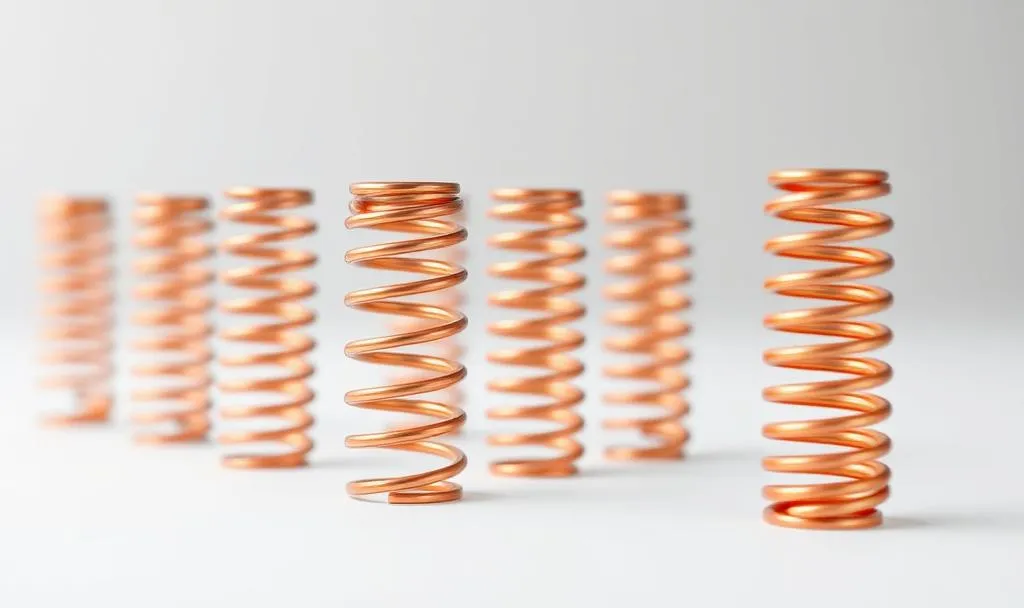OpenSees Cloud
OpenSees AMI
Running Examples (on Substack)
Show your support at Buy Me a Coffee.
Often, an example runs through it

Image generated by AI.
Many textbooks use a simple example to introduce concepts before moving on to the more complex. For instance, in Fundamentals of Structural Mechanics, Keith Hjelmstad develops the Little BVP for a 1D element prior to deriving the weak form for beams and shells.
In some cases, the same simple example is the starting point for several topics. In Structural and System Reliability, Armen der Kiureghian uses the Toy Reliability problem of two correlated random variables to introduce FORM, SORM, and Monte Carlo simulation.
When it comes to teaching nonlinear structural analysis, simple spring models can convey several aspects of the global solution algorithm without stepping into the quagmire of element formulations and constitutive models.
I have used simple spring models, e.g., two springs in series placed in parallel with a third spring, for the following starting points:
- Assign linear force-deformation behavior to each spring in order to review linear structural analysis and to develop the compatibility and equilibrium relationships that will carry over to nonlinear response
- Examine ill-conditioning by making the stiffness of one spring very high
- Assign smooth, nonlinear force-deformation behavior to each spring, then examine the convergence rate of the Newton-Raphson algorithm and accelerated and quasi-Newton algorithms
- Apply loads in multiple steps using load control, then switch to displacement control for “pushover” analysis
- Assign strain-softening behavior to one of the springs in series, then see how the other series spring unloads when the first spring passes its peak force
- Examine how well continuation methods like displacement control, arc-length, and MUDN (minimum unbalanced displacement norm) handle the strain-softening response
- Impose a multi-point constraint between nodes, then look at the global stiffness matrix when using different constraint handling methods (transformation, Lagrange, penalty)
Simple spring models are usually too small to get into equation numbering and sparse linear equation solvers. You can also assign some nodal masses and convey important topics for nonlinear structural dynamics, e.g., stiffness-proportional damping and non-convergence due to stiff unloading. But focusing on nonlinear static analysis, you can learn a lot from a few springs!